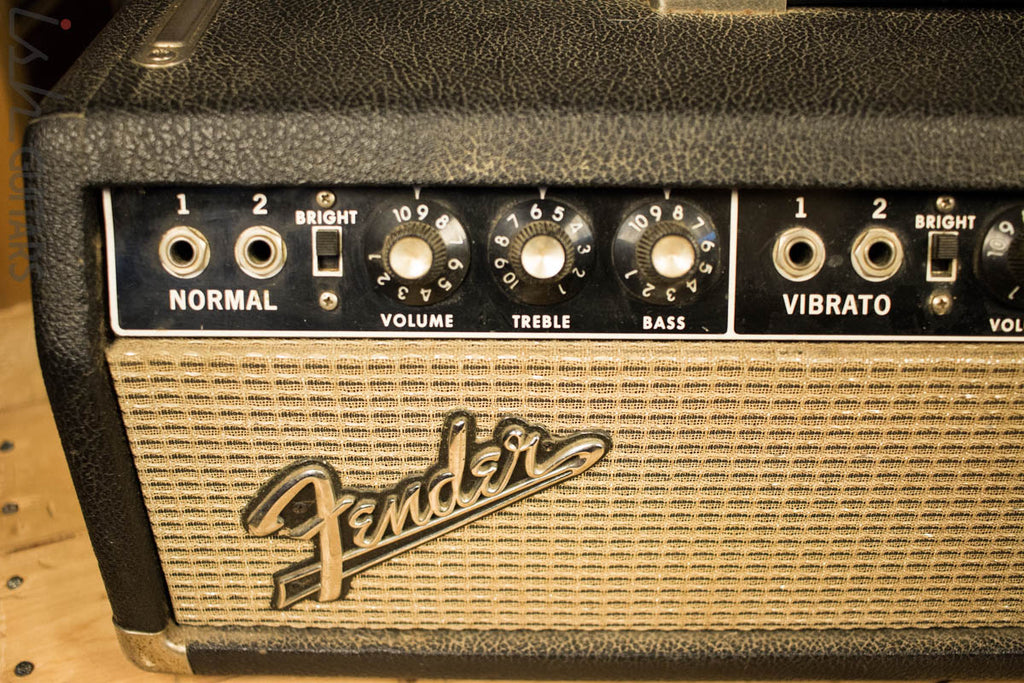

but then you would be getting into bigger more evasive "mod" territory. Some people add a switch (yuck, means a bullet hole) or a switching push-pull pot. The v3 (on a non reverb BM) wiggler tube can probably also be removed, no signal going through it. Some people simply disconnect (and shield the ends with shrink tubing to avoid shorts) both of the leads on the intensity pot. The Intensity pot always leaks some of the signal to ground from the PI input (PI "Y" tie point on the schematic) where the wiggle resistance is applied to the signal. I like Vibrato, so I don't, but the "Vibrato Mod" is not a big non reversible mod. One of the leads on my draining wire resistor recently broke inside the shrink tubing, and when I checked the test points, I still had voltage. You are right about the fear of getting jolted or killed, never work or poke about inside a tube amp without draining the caps *and* checking for voltage on both sides of the standby, to make sure that the caps have really been emptied - never blindly trust any draining resistors or even your own draining lead. the 125A6A OTs on Bandmasters have often been replaced, probably best to bias the output tubes a bit conservatively).Īgree with Geezer on the trem, the opto isolator has sometimes also simply been replaced with lower spec/slower reacting one, which weakens the trem as well.
#BLACKFACE BANDMASTER CODE#
You can have the seller send you the date codes on the transformer, to make sure they are original, it should probably have Schumacher's which should have a 606-6xx or 606-7xx date code (see and the AA763 parts: PT: 125P7D, OT: 125A6A, Choke: 125C1A.

which would mean checkup/service costs on top (which should be done anyway, you never know what people have done or not done (power section caps & resistors) to older amps over the years). that seems a bit high to me, if the trem is weak, it may not have been serviced/checked in a while. The opposite would be true for solid state amps.I don't really have my finger on the pulse of prices Stateside, but do occasionally compare prices as a reference to the ones here. I would rather run a 4 ohm output into a 2 ohm load before I would run it into an 8 or 16 ohm load. higher impedance).įor tube amps with fixed output impedances such as the Bandmaster. lower impedance) much easier than they will take a lighter load (i.e. This is because tube amps will take a higher load (i.e. The extension speaker jack is in parallel with the output jack. Most 2 speaker combo Fender amps are 4 ohm total load with 2 8 ohm speakers wired in parallel.This combination gives you the 4 ohms.ġ of your jacks is your speaker jack and the second is your "extension" jack for a second cabinet.+ 0.5īandmasters and most 2 speaker Fender amps will easily operate down to 2 ohms even though their standard speaker configuration - 2x8ohm speakers wired in parallel gives 4 ohms.

Safe to say you're good to go if you shoot for 8 ohms and 4 ohms max low impedence.That's pretty standard for most Fender stuff except the 2 ohm 4x10 stuff(Super Reverb,Tweed Bassman etc.)


 0 kommentar(er)
0 kommentar(er)
